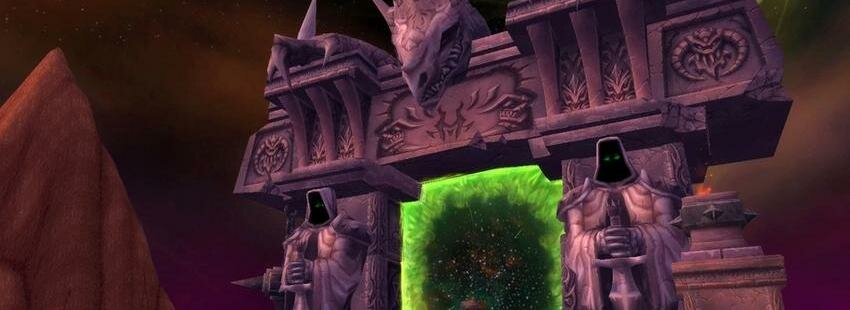The Base Camp Trek to Mt. Everest is the dream of many trekkers around the world, and rightly so. The trek, while it doesn’t demand any technical climbing or mountaineering knowledge, is an extreme physical test. “Exactly how fit do I have to be for the trek?” It has become a popular query from the future trekkers; basically, everyone wants to chase their dream, but have they already found it impossible for the Everest Base Camp Trek to make it stay just as another unfulfilled dream. The truth is this: great physical fitness isn’t a luxury; it’s the single-most important element of a safe, fun, and successful trip. (Prepare in Advance) And Don’t Make This Huge DIY Mistake Hiring a guide service to assist in the planning and execution of your journey can mean the difference between a miserable experience where you are barely surviving, vs. an incredible, once in a lifetime adventure through some of the most beautiful and rewarding country on earth.
A step-by-step guide will reveal to you a program that is aimed at each stage through which you should be passing while getting fit for the EBC Trek and tendering your body as well as toning your mind, what the Himalayas have in store for you.
The Foundation: Cardiovascular Endurance
The bread and butter of your training is long-distance. Mount Everest Base Camp Tour climbs so high that there is very little oxygen in the air. Now your heart and lungs will have to work much harder to provide your muscles with the oxygen they need. The best preparation for that is to have your cardiovascular system conditioned to operate at a higher workload. Include physical activities that get your heart rate up for a long time. Examples are going for walks, biking, and swimming. However, the suitable training is a long, speedy walk. Start with shorter, easier walks, then work up slowly to longer, extra hard hikes with greater elevation benefit over 3-6 months.
Building Mountain-Ready Muscles
As important as cardiovascular health is, so too is strength. The Everest Base Camp Trek involves tough, rocky, and sometimes steep paths all day long with a daypack. Your legs, your core, and your back will be engaged all the way through. Rangee sports involve your lower frame and core. Squats, lunges, and step-united states build the leg strength you need to push up steep climbs and grind down knee-jarring descents. You also have to be doing planks and different core exercises to bolster and stabilize your lower back due to this sort of hobby, walking on a variety of terrain, or crossing suspension bridges. Your upper back and shoulders also need some prep because they will be lugging around your daypack for hours on end, every single day.
A Good Workout was Added to Our Practice Hike!
Train in the exact conditions of the actual trek! Strive to get in at least one long tree-bath (or hike) a week, walking with a backpack full of weight as close to what you’ll be shouldering on-trail – typically 5-7kg. Start with a few hours and gradually work up to about 5 or 6 hours of steady hiking. Or fla.t If you live in a flat area, then it’s uphill training time — find some stairs, an outdoor stadium bleachers, or even set your treadmill on an incline to start getting your body acclimated to the walking uphill motion. This isn’t just good for getting your body adjusted to long days – it’ll also help you break in your trusty boots so they’re in fine working order once you hit the trail, not to mention give you an idea of how much your body can cope with over a multi-day trek.
The Mind Over the Mountain
The trip to Everest Base Camp is as much a mind game as it is physical. There are going to be moments when you’re exhausted and it hurts and you hate yourself. The trek also serves as excellent mental training. Pushing yourself up and over a grueling, long hike when it’s raining down can help build the mental toughness you’ll need to bring on the trail. A cheerful and waiting philosophy becomes the trekker’s ally.
The Responsibility of the Expert: – Orientation and Adaptation
That’s where it all starts – your own physical state, however well-thought-out Everest Base Camp Trek Itinerary, and dependable Everest Base Camp Trek package are the framework that will keep you secure. You will not be “rushing”, you will already have a good acclimatisation. It is these scheduled days of rest, particularly in Namche Bazaar and Dingboche, where your body can adjust to the lack of oxygen in the ai, and they are essential for avoiding altitude sickness. Well, a guide is like an optional investment who’ll track how you’re going and match your pace or warn you if you need to slow down.
Listen To Your Body: The Power Of Rest And Recovery
Over-training is one of the biggest mistakes in training. The significance of a properly scheduled education, with rest days, cannot be overemphasized. Your muscle tissues need time to get better and recover. Supplement your routine with a few stretches, yoga, or foam rolling, and end up bendy/get supple whilst avoiding pain. Because a properly rested frame is a healthy body, in any case, by the time you arrive in Nepal, you must be fresh and ready to fly. The week before your hike, reduce the intensity of your workout routines to allow your body to recover and prepare.
The Ultimate Training Plan
Your general overall training timeline should be 3-4 months, no less. A reasonable framework would be to do several sessions of cardio and resistance training a week, then scoffing down some cake during one long session that you treat as an analog for the planned outing. For instance, the template for a weekly plan might be two days of running or cycling, and two days of training, plus a long hike on Saturday. Patience, you will gain time in your runs and weight in your ruck. There truly is no comparison—slow and steady will shoot you across the clear better than a panicked run any day.
Investing in Your Success
Mount Everest Base Camp is costly, but it depends on the acclimatization and what you want to accomplish when seeing Mount Everest up close. Lower probability of suffering injuries and lower possibility of altitude sickness bringing your trip to an end. Choosing a very experienced company with an impressive resume of leading tours to Everest Base Camp and professional guides is also part of this time and money investment in you. It is worth paying the cost of good equipment and professional help to assure peace of mind in being put in capable hands.
Final Conclusion:
The journey is the destination…Oh, Shit!”The journey to Everest base camp will transform you, not only physically but also emotionally and spiritually. By committing to a solid routine, you are not only training for the trail but also giving yourself the gift of a present walk at the same time! Free from the distraction of physical pain, you can allow yourself to be amazed by huge peaks, honour Sherpa customs, and just let it all in. What are you waiting for?





